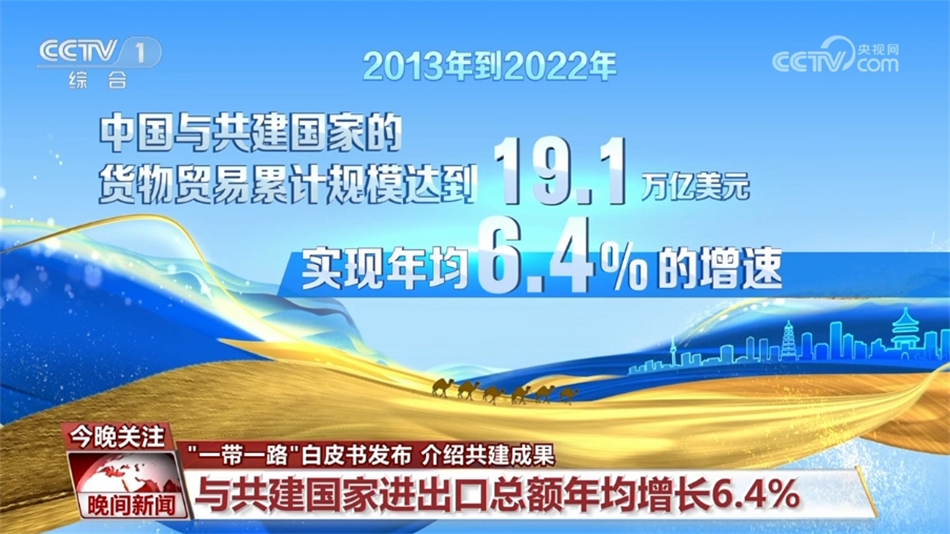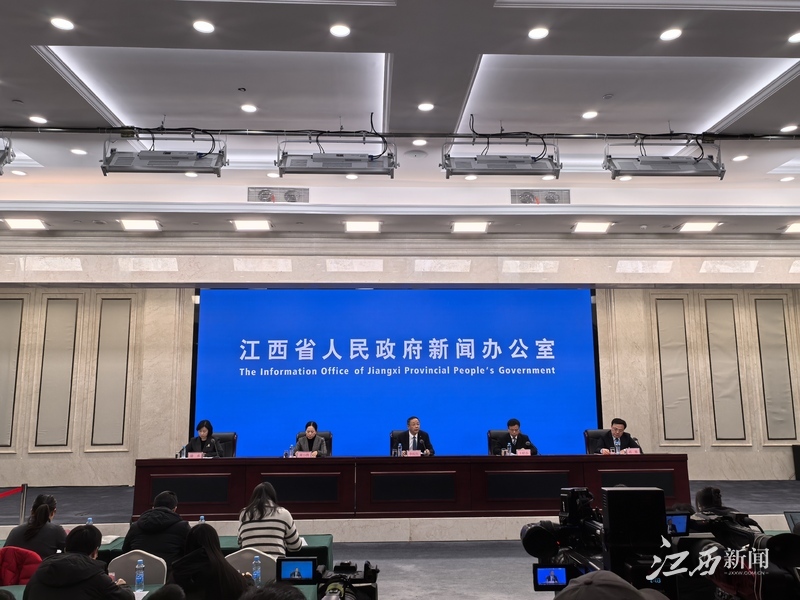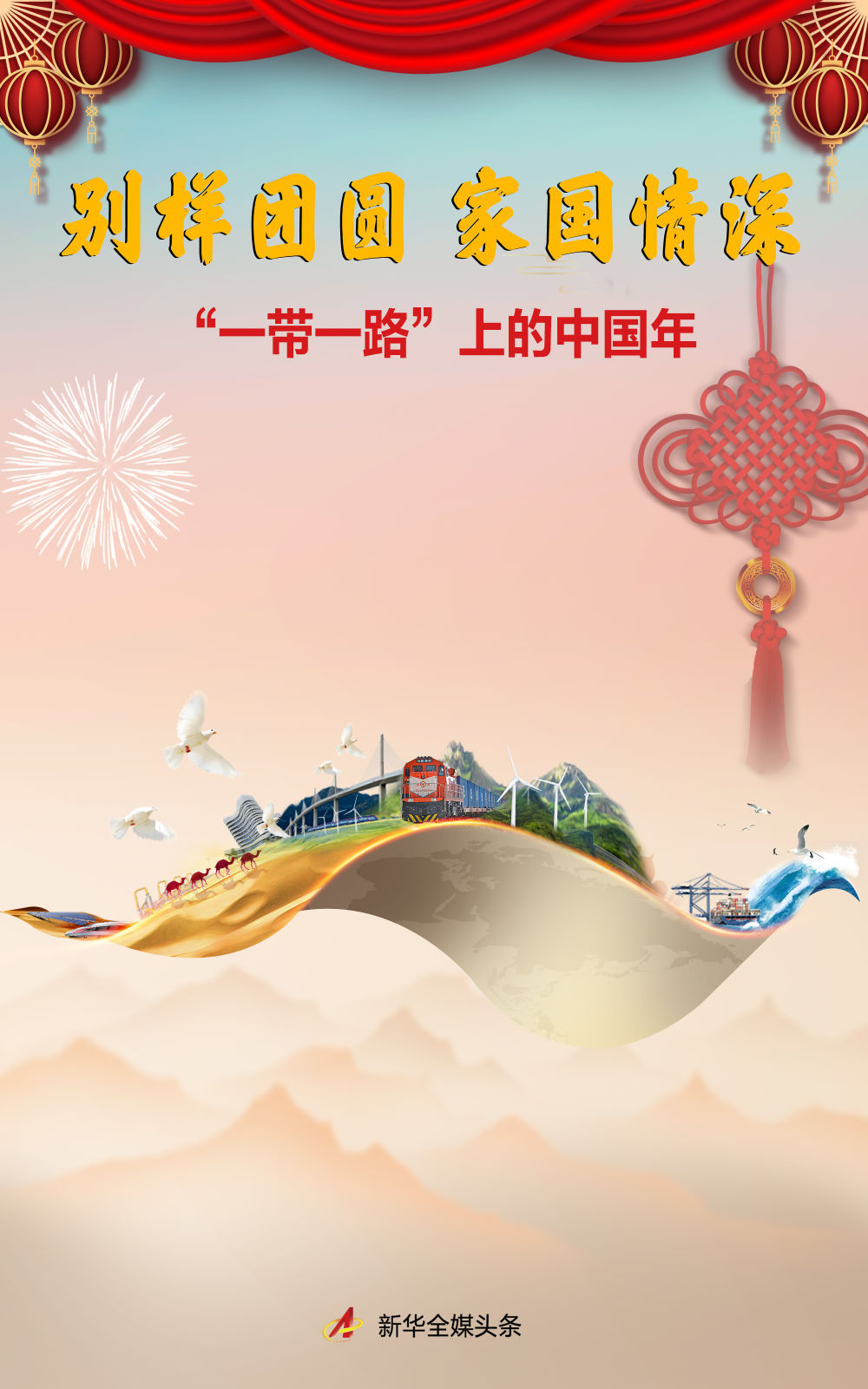Zhang Qian's Passage To The Western Regions: A Great Historical Chapter That Opened Up The Silk Road
Zhang Qian's Passage To The Western Regions: A Great Historical Chapter That Opened Up The Silk Road
Introduction "Open up the Silk Road, connect the East and the West, and promote exchanges of civilizations." This is a brilliant legend in ancient Chinese history, and it is also a vivid manifestation of the Chinese nation's courage to explore and be open and inclusive. As a great diplomat and explorer of the Han Dynasty
introduction
"Open up the Silk Road, connect the East and the West, and promote exchanges of civilizations." This is a brilliant legend in ancient Chinese history, and it is also a vivid embodiment of the Chinese nation's courage to explore and be open and inclusive. As a great diplomat and explorer of the Han Dynasty, Zhang Qian opened a bridge connecting China with Central Asia, West Asia and even Europe with his extraordinary courage and wisdom, laying a solid foundation for exchanges and cooperation among world civilizations. This article will fully demonstrate the historical value of this great feat from four aspects: historical background, Zhang Qian's exploration journey, the far-reaching significance of the Silk Road, and contemporary enlightenment.
1. Historical background: The strategic layout of the Han Dynasty and the budding of foreign exchanges
In the 2nd century BC, the Han Dynasty had just consolidated its regime and was in a critical period of external expansion and strategic layout. In order to consolidate the border, expand trade, and obtain rare resources, the Han government attached great importance to its ties with countries in the Western Regions. As a famous and high-quality product in China, silk has begun to be exported to Central Asia, but its channels have not yet been fully unblocked and international trade is still in its infancy.
During the reign of Emperor Wu of Han, the country's strength continued to increase and positive foreign policies were gradually implemented. In order to achieve the strategic goal of "the emperor ruled from the south, attacked the Huns from the north, and connected to the Western Regions in the west", the Han Dynasty sent envoys to the Western Regions to seek alliances and open up trade. Zhang Qian's appearance came into being against this historical background, and his exploration became a key link connecting the East and the West.
2. Zhang Qian's magnificent exploration: a legendary story of bravely entering the Western Regions
1. First time on mission: face difficulties
In 138 BC, Zhang Qian was sent to the Western Regions by Emperor Wu of Han, with the mission of contacting countries such as Dayuan (now Afghanistan) and establishing friendly relations between the Han Dynasty and the countries of the Western Regions. The journey was difficult, and Zhang Qian was obstructed and encircled by the Huns on the way. He was detained for many years and even almost lost his freedom. However, with his perseverance and intelligence, he turned danger into a bargain and finally completed his mission.
2. Second mission: Going deep into Central Asia
In 128 BC, Zhang Qian set out again, traveling through Dayuan, Kangju, Kangju and other places, and entering Central Asia. He visited the north and south of the Tianshan Mountains, the Pamir Plateau and other places, and learned in detail about the local geography, ethnicity, culture and other information, providing valuable information for the foreign policy of the Han Dynasty. This mission not only consolidated the relationship between the Han Dynasty and the countries in the Western Regions, but also laid the foundation for the subsequent Silk Road.
3. Contribution and influence
Zhang Qian's exploration greatly expanded China's horizons and made the Han Dynasty an important link for exchanges between the East and the West. He promoted the Han Dynasty's liaison with countries such as Dayuan, Kangju, and Anxi, paving the way for the prosperity of the Silk Road. The channels it opens up have become a golden bond for the exchange of cultures, commodities and technology in the East and the West, and have promoted the common development of human civilization.
3. The far-reaching significance of the Silk Road
1. The bridge to economic prosperity
The Silk Road is not only a channel for exchange of goods, but also a platform for exchange of culture, technology and ideas. China's silk, porcelain and tea are spread to Central Asia, West Asia and even Europe through this road, bringing a prosperous economic scene. At the same time, spices, gems, gold and silver from the West have also enriched China's market and promoted diversified economic development.
2. The link of cultural exchange
The Silk Road has promoted the integration of different ethnic groups, religions and cultures. Buddhism was introduced to China from India and spread through the Silk Road, becoming an important part of Chinese culture. Art, science and technology, and religious ideas are constantly exchanged and learned from the East and the West, promoting the common progress of human civilization.
3. The bridge of political and diplomacy
Through the Silk Road, the Han Dynasty established friendly relations with the countries in the Western Regions, enhancing the country's influence and security guarantees. Zhang Qian's diplomatic actions demonstrated the wisdom of "harmonious but different" in the Chinese nation and set an example for diplomatic cooperation in future generations.
4. Modern enlightenment: Inheriting the spirit of the Silk Road and promoting global cooperation
1. The spiritual inheritance of the Belt and Road Initiative
Today, the "Belt and Road" initiative has become an important strategy for China's foreign cooperation, aiming to follow the spirit of cooperation on the Silk Road and promote infrastructure connectivity, economic and trade cooperation and cultural exchanges. Zhang Qian’s spirit of exploration inspires us to constantly explore and innovate and build a win-win global network.
2. Promote regional cooperation and common development
The historical experience of the Silk Road tells us that win-win cooperation is the key to achieving common prosperity. Countries should strengthen regional cooperation, promote infrastructure construction, promote trade facilitation, and inject new impetus into global economic growth.
3. Cultural exchange and mutual learning in civilization
The exchange of different civilizations is an important driving force for the progress of human society. We should respect diversity, promote understanding and inclusion of different cultures, work together to meet global challenges, and build a community with a shared future for mankind.
Conclusion
Zhang Qian's feat of opening up the Western Regions and opening up the Silk Road is a vivid portrayal of the Chinese nation's courage to explore and innovate. It not only promotes exchanges and cooperation between the East and the West, but also demonstrates the Chinese nation's "harmony but different" spirit. Today, looking back at history, we should inherit and carry forward this spirit and continue to work hard to achieve common prosperity for mankind and build a better future.






